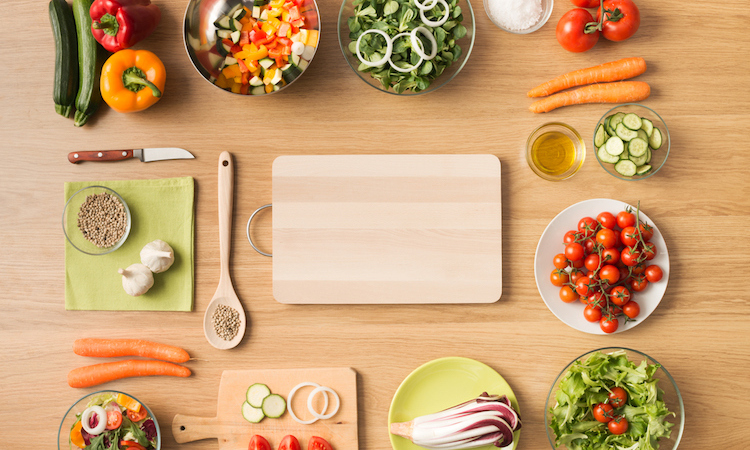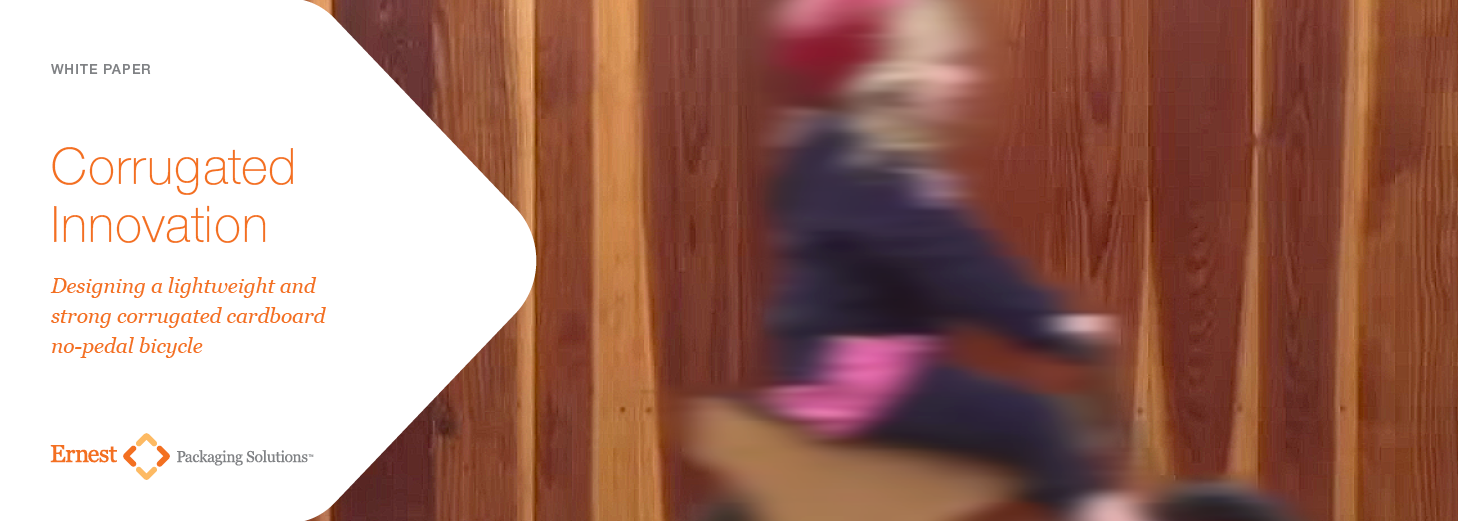Food Subscription Boxes Ascribe to Sustainability
January 18, 2018

After a long day at work, there’s nothing like sitting down to enjoy a nice meal. It can be difficult to work up the energy to cook, though, which is why millions of Americans have looked for a more convenient option. Food subscription boxes have been an overnight success story, with the industry currently worth around a whopping $5 billion.
Led by brands like Blue Apron, these kits promise a home-cooked meal without the hassle of shopping for or preparing ingredients. Their growth has been so rapid that retail heavy hitters Walmart and Amazon are trying to get their foot in the door, but they’ll find that consumers are becoming just as picky about their food as the packaging it arrives in.
Meal kits are facing backlash over the amount of wasteful packaging material used in each subscription box. Buzzfeed recounts 26 pieces of plastic, foil and cardboard waste from a single Blue Apron box, whose contents were as large as one whole carrot and as small as a pat of butter. Customer concern about this waste forced the hand of kit company HelloFresh, who made a move toward sustainability this summer.
The missteps of larger competitors in the field of sustainable packaging has made space for newcomers to shine. Aside from boasting a wider variety of organic ingredients than its competitors, Colorado-based Green Chef touts their packaging as a key differentiator in the field. Compared to their original packaging, Green Chef’s new, smaller boxes feature 100% compostable insulation and will save more than 200 tons of cardboard and 55 tons of plastic each year. Sustainable AND tasty!
While it’s not clear whether meal kits will see continued growth in the years to come, one thing is certain: sustainability matters to consumers, especially when your package is brought into a part of their lives as intimate as their home-cooked dinner. Source reduction is a vital trend across the entire packaging industry, and more consumers are demanding packaging that leaves less of an impact on our planet.
Read our white paper Corrugated Innovation to see how source reduction was the key to reducing the weight, and carbon footprint, of a no-pedal bicycle for toddlers.



